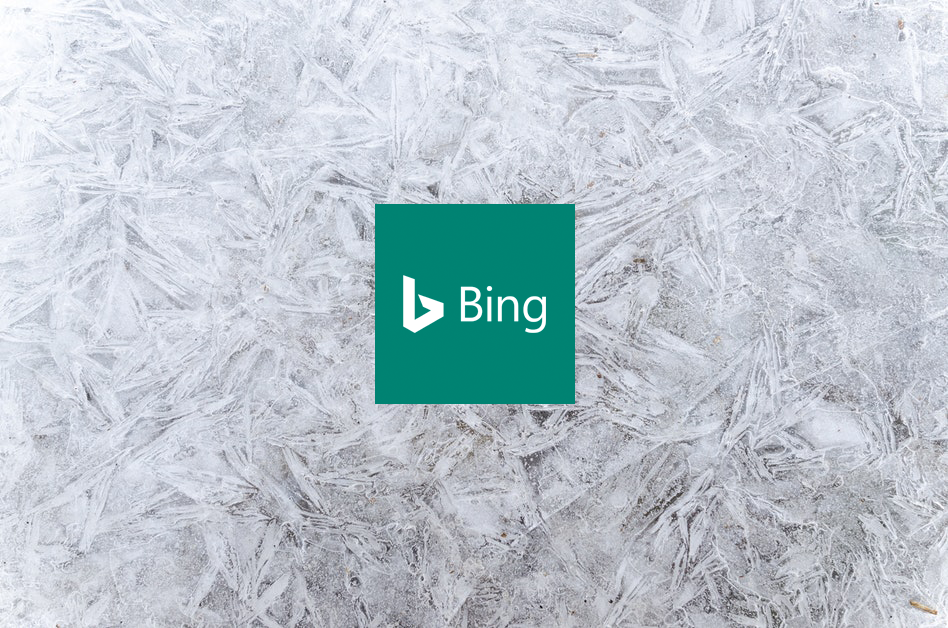Everyone knows Google dominates the search marketplace. Bing is the #2 search engine and can help you reach 1 in 3 people who search on the internet. With more than a billion unique monthly global visitors, Bing holds about 3 percent of the search market share.
According to Statista, Bing’s audience is comprised mainly of older internet users. These people are from 45 – 54 years old, and earn an annual income of more than $100,000. That’s definitely an audience worth pursuing so this article will take a deep dive into everything you need to know about advertising on Bing.
What Is Bing Ads?
Bing Ads is the platform used to advertise on the Bing network, which includes the Aol.com, Bing.com and Yahoo.com search engines. Bing powers search results for Amazon’s Kindle, Apple’s Siri and Microsoft’s Cortana. Bing is also the default search engine for all PCs. That means Bing is in more places than you might have realized: including when you ask Alexa or Siri a question.
Like Google, the search engine marketing basics are about the same. Bing Ads is a pay-per-click, or PPC advertising, model. It works using a bidding system that should be familiar to Google advertisers. If you outbid your competition, you’re more likely to get your ad to show for a particular term. You only pay if someone clicks your ad, and you’ll set a daily budget. This way, you won’t get any surprises when the bill comes due.
To start, Bing’s dashboard shows you how many people saw your ad. You’ll see how many clicks you got for each ad along with the cost per click, and more. All these features are a huge advantage over traditional media. Offline advertising can be it’s much more difficult—if not impossible—to determine how many people engaged with your ad.
Less Competition Means More Potential Customers
Are you already advertising on Bing? The odds are, your competitors aren’t advertising there either. This relatively low competition means your ad position is likely to be higher since there are fewer advertisers there.
There are fewer advertisers on Bing than on Google. So, those who do advertise on Bing typically enjoy higher click-through rates than those on Google. And, there’s a better return on investment. The average bid on Bing can be about half the price of what Google advertising costs. If you’re already experiencing success with Google PPC campaigns, it’s likely that Bing can help you achieve your goals.
Bing Ads Offers More Granular Control
There are many ways in which Bing Ads targeting is superior to Google. Here are some examples, in no particular order:
- Bing allows you to assign different time zones to different campaigns. This makes complex ad scheduling strategies easier to manage in Bing, especially if your campaigns are targeted internationally.
- With Google, you set your network, location, ad scheduling, language, and ad rotation settings at the campaign level. Ad groups are restricted to their corresponding campaign-level settings. Bing Ads expands these options at the ad group level. You can adjust a setting for a particular ad group without having to create a new campaign.
- Bing Ads users can adjust their bids for mobile devices, including tablets—and can opt out of desktop searches.
- Bing advertisers can currently exclude desktop and tablet traffic from their campaigns. However, Bing plans to remove some targeting options early in 2019.
- You can adjust your bid for tablet users from -20% to +300%.
- Bing advertisers have the flexibility of targeting just Bing and Yahoo, just search partners, or both, at the ad group level. On the other hand, Google only offers two choices: Google search or Google search partners.
Synchronize with Your AdWords Account
One of Bing Ads’ most helpful features is its ability to import Google AdWords campaigns. There are also automated options that synchronize Bing and Google campaigns regularly.
Bing Data Scientists Share Industry Insights
The Bing Ads SlideShare channel on LinkedIn helps Bing advertisers get the most from search data. There, the team shares industry vertical-focused insights that support marketers in making the best possible decisions.
Better Extensions
Ad extensions appear under your ads. They’re links that help direct people to your social accounts, your phone number, product pricing, and more. With Bing, you can add extensions to include your company’s Facebook, Instagram, and Twitter accounts. These extensions help your audience engage directly with you and join conversations with your brand. Bing Automated Dynamic Product Extensions let you automatically showcase product offerings with their prices alongside your search ad.
We can’t cover every single aspect of Bing ads in a single blog post. However, we hope you have enough information to help you decide whether it’s worth it to give Bing Ads a try.
